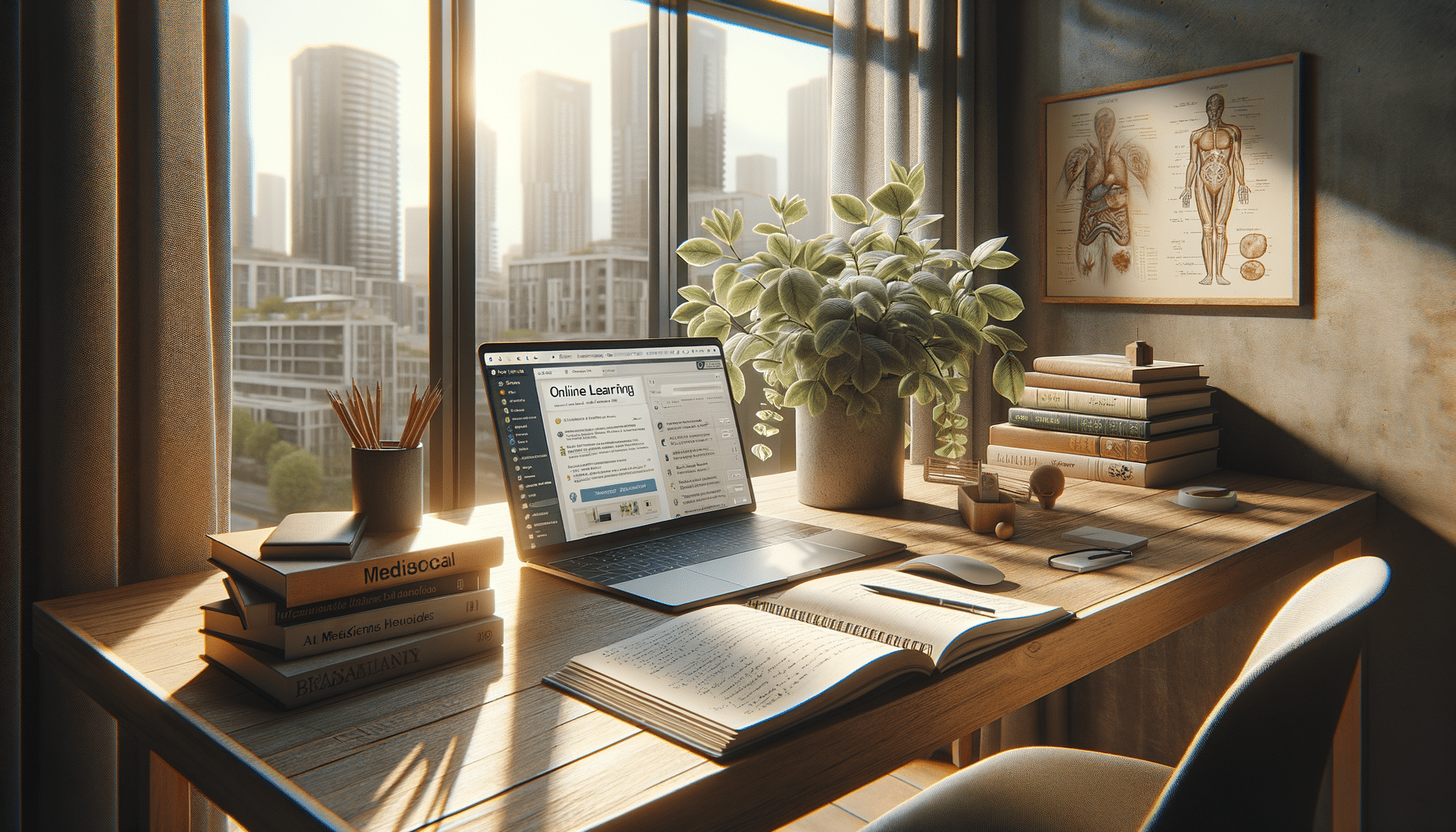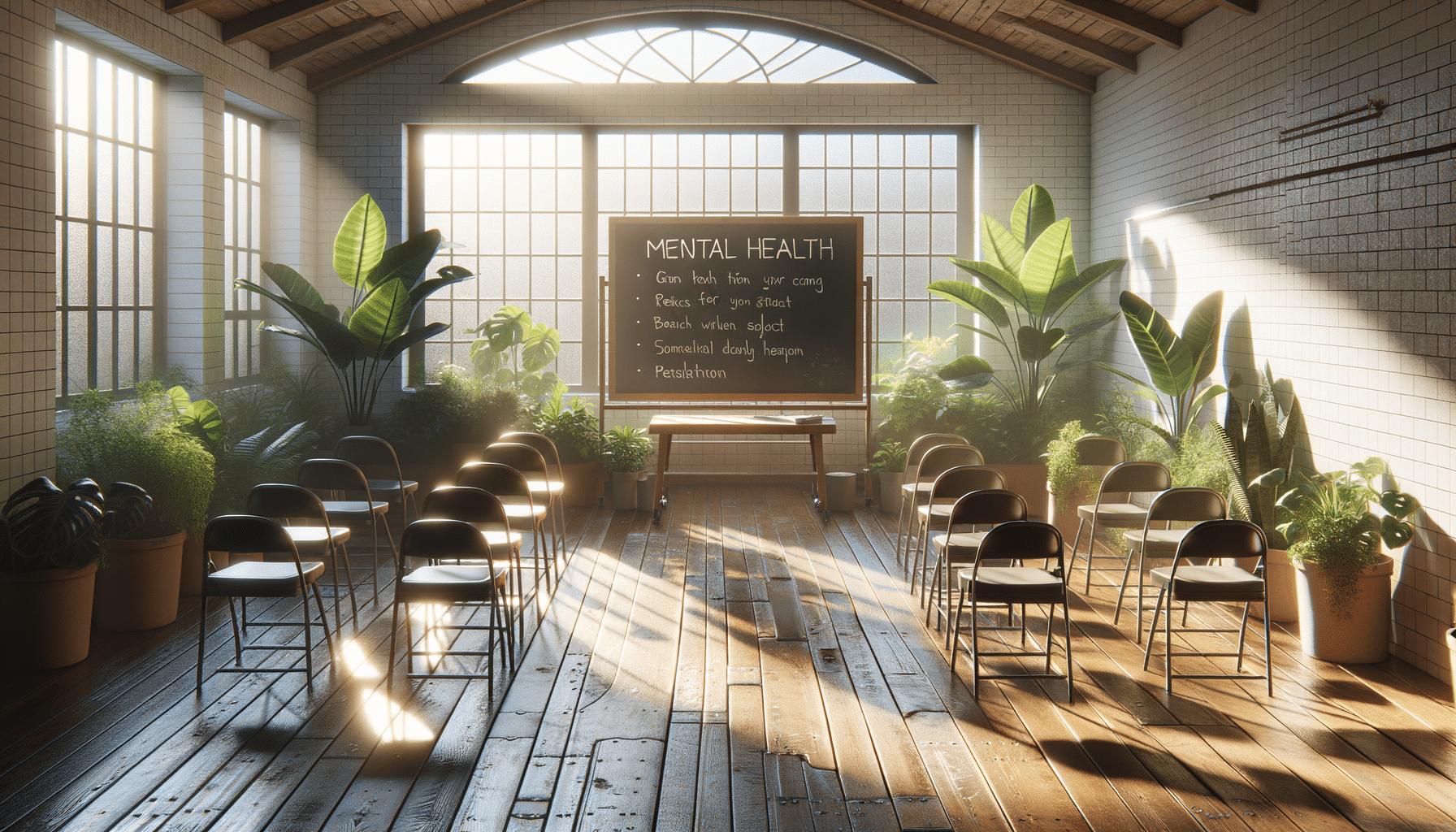
From Flipped Classroom Models to Remote Learning: Adapting to Digital Education Trends
Embracing digital education trends is no longer an option but a necessity in modern learning environments. As educators and learners navigate the evolving landscape, two prominent methodologies have emerged: the flipped classroom model and remote learning. Both approaches offer unique benefits and challenges, and understanding how to adapt effectively can make all the difference in achieving educational success.
The transformation from traditional classrooms to digital platforms has been accelerated by technological advancements and global events. The flipped classroom model, where students engage with lecture materials at home and apply knowledge through interactive activities in class, has proven to be a powerful tool in enhancing learning outcomes. According to a study by the Education Week, flipped classrooms have led to increased student engagement and deeper understanding of complex subjects.
Expert Insights on Flipped Classrooms
Educational experts like Dr. Robert Talbert, a well-known advocate for flipped learning, emphasize the importance of this model in cultivating independent learning. Talbert suggests that the flipped classroom allows students to “take control of their learning journey, fostering critical thinking and problem-solving skills.”
Remote Learning: The New Normal
Remote learning has gained prominence, especially in response to the global pandemic. This approach provides flexibility and accessibility, enabling students to learn from anywhere. However, it also presents challenges such as ensuring equitable access to technology and maintaining student motivation. Research by the Brookings Institution highlights that remote learning can be effective if combined with strategies that promote interaction and engagement.
Statistics on Digital Learning
| Aspect | Flipped Classroom | Remote Learning |
|---|---|---|
| Student Engagement | Increased by 25% | Varies significantly |
| Understanding of Material | Improved by 30% | Depends on resources |
| Access to Technology | Essential | Critical |
| Flexibility | Moderate | High |
| Teacher Involvement | Hands-on | Facilitator |
| Learning Pace | Student-driven | Self-paced |
| Resource Availability | Pre-recorded lectures | Virtual classrooms |
| Feedback Mechanism | Immediate | Delayed |
Personal Stories and Anecdotes
Consider Jake, a high school teacher who transitioned to a flipped classroom model during the lockdown. He found that students were more prepared for class discussions and had a better grasp of the material. This anecdote highlights the potential of flipped classrooms to enhance learning experiences.
Actionable Tips for Educators
- Utilize a variety of digital tools to keep students engaged.
- Ensure that learning materials are accessible to all students.
- Encourage collaboration through virtual group projects.
- Provide timely feedback to maintain student motivation.
Pro Tip:
Blend synchronous and asynchronous activities to cater to different learning styles and maximize student engagement.
FAQs
How can educators ensure equitable access to technology for all students?
Schools can partner with technology companies to provide devices and internet access to students in need.
What are some effective strategies for maintaining student motivation in remote learning?
Incorporating interactive elements such as quizzes and discussion forums can help keep students engaged and motivated.
Conclusion
Adapting to digital education trends requires a thoughtful approach that balances technology with pedagogy. By embracing the strengths of both flipped classrooms and remote learning, educators can create a dynamic and inclusive learning environment. As you explore these models, remember to remain flexible and open to feedback, continually refining your strategies to enhance student outcomes.


